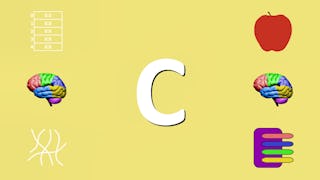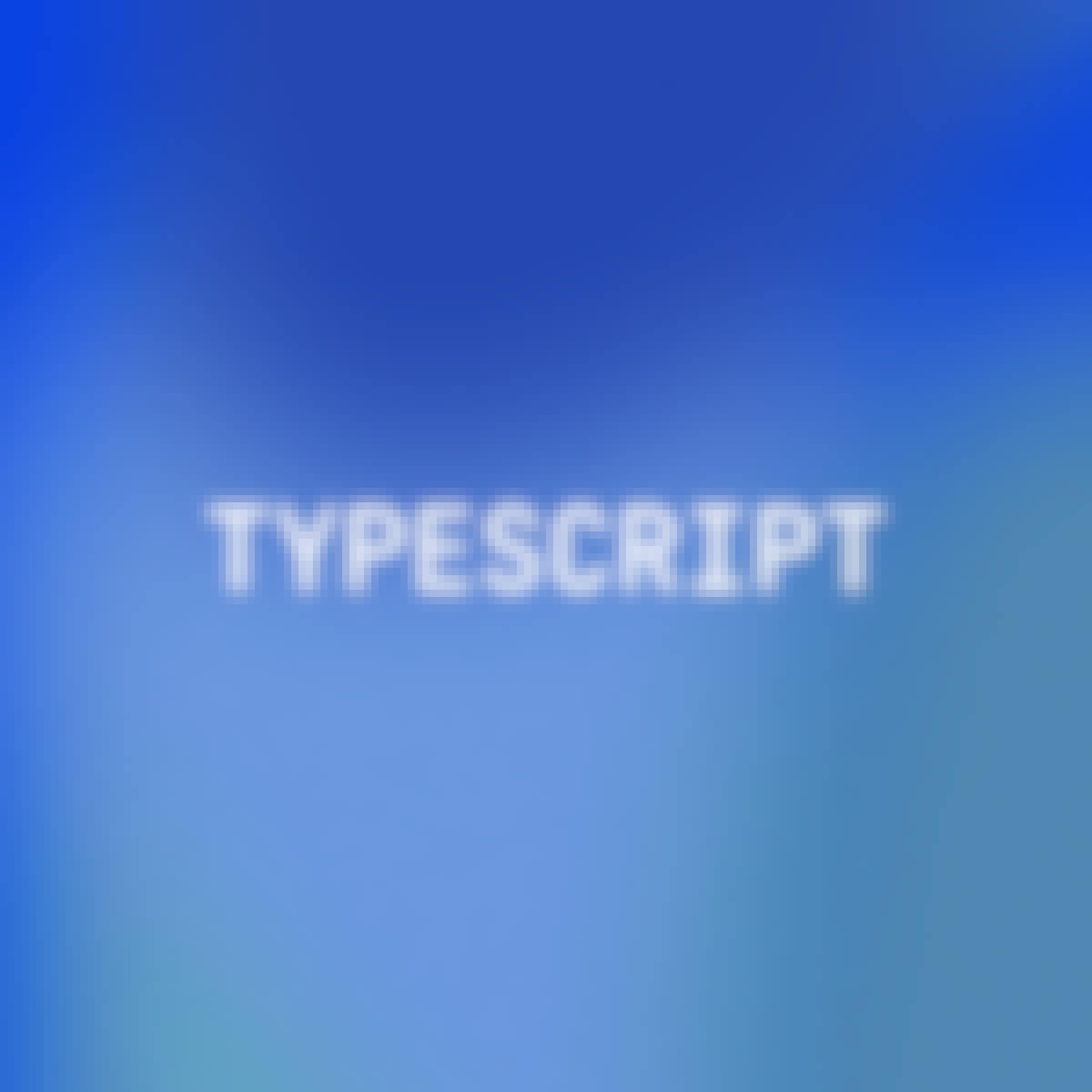- Browse
- Arrays
Arrays Courses
Arrays courses can help you learn how to manipulate data structures, perform sorting and searching algorithms, and manage memory efficiently. You can build skills in implementing multi-dimensional arrays, understanding array traversal techniques, and optimizing performance for data-intensive applications. Many courses introduce programming languages like Python, Java, or C++ and tools such as integrated development environments (IDEs) that facilitate coding and debugging, allowing you to apply your skills in practical scenarios.
Popular Arrays Courses and Certifications
 Status: NewNewStatus: PreviewPreview
Status: NewNewStatus: PreviewPreviewSkills you'll gain: electromagnetics, Wireless Networks, Electronic Components, Performance Tuning, Process Optimization, Design, Analysis, Mathematical Modeling
Intermediate · Course · 1 - 4 Weeks
 Status: Free TrialFree Trial
Status: Free TrialFree TrialSkills you'll gain: React Native, Flutter (Software), Mobile Development, React Redux, React.js, Ajax, Javascript, JavaScript Frameworks, Apple iOS, Mobile Development Tools, Front-End Web Development, Data Structures, Application Development, Back-End Web Development, Debugging, iOS Development, User Story, Android Development, UI Components, Cross Platform Development
4.4·Rating, 4.4 out of 5 stars927 reviewsBeginner · Specialization · 3 - 6 Months
 Status: PreviewPreviewO
Status: PreviewPreviewOOracle
Skills you'll gain: Java, Object Oriented Programming (OOP), Oracle Cloud, Computer Programming, Cloud Development, Integrated Development Environments, Development Environment
4.6·Rating, 4.6 out of 5 stars35 reviewsBeginner · Course · 1 - 4 Weeks
 Status: Free TrialFree TrialU
Status: Free TrialFree TrialUUniversity of Illinois Urbana-Champaign
Skills you'll gain: C++ (Programming Language), Data Structures, Object Oriented Programming (OOP), Object Oriented Design, Graph Theory, Development Environment, Data Storage, Engineering Software, Unstructured Data, Computer Programming, Algorithms, Data Storage Technologies, Debugging, Program Development, Database Systems, Database Theory, Network Routing, Theoretical Computer Science
4.7·Rating, 4.7 out of 5 stars3.5K reviewsIntermediate · Specialization · 1 - 3 Months
 Status: PreviewPreviewS
Status: PreviewPreviewSSimplilearn
Skills you'll gain: C# (Programming Language), Restful API, Unity Engine, Object Oriented Programming (OOP), .NET Framework, C++ (Programming Language), Video Game Development, ASP.NET, Object-Relational Mapping, Software Engineering, Web Services, Application Development, Software Design Patterns, Database Management, Programming Principles, C (Programming Language)
Beginner · Course · 1 - 4 Weeks
 Status: Free TrialFree TrialU
Status: Free TrialFree TrialUUniversity of Colorado System
Skills you'll gain: Computational Thinking, C (Programming Language), Data Structures, Programming Principles, Computer Programming, Program Development, Debugging
4.6·Rating, 4.6 out of 5 stars37 reviewsBeginner · Course · 1 - 4 Weeks
 Status: Free TrialFree TrialU
Status: Free TrialFree TrialUUniversity of Colorado Boulder
Skills you'll gain: Power Electronics, Control Systems, Electronic Systems, Electrical Power, Electrical Engineering, Simulations, Mathematical Modeling
Build toward a degree
4.6·Rating, 4.6 out of 5 stars34 reviewsIntermediate · Course · 1 - 4 Weeks
 Status: PreviewPreview
Status: PreviewPreviewSkills you'll gain: Algorithms, Technical Communication, Computational Thinking, Solution Design, Programming Principles, Software Design, Theoretical Computer Science, Data Structures, Problem Management, Mathematical Modeling, Applied Mathematics, Computer Science, Performance Tuning
4.4·Rating, 4.4 out of 5 stars26 reviewsBeginner · Course · 1 - 4 Weeks
 Status: Free TrialFree TrialS
Status: Free TrialFree TrialSScrimba
Skills you'll gain: TypeScript, Node.JS, Web Development Tools, React.js, Server Side, Javascript, Data Structures, Web Development, Data Validation, Web Design, Computer Programming
4.5·Rating, 4.5 out of 5 stars52 reviewsIntermediate · Course · 1 - 4 Weeks
 Status: Free TrialFree Trial
Status: Free TrialFree TrialSkills you'll gain: Ajax, Javascript, Data Structures, Debugging, JSON, Web Development, Cascading Style Sheets (CSS), Computer Programming, Front-End Web Development, Event-Driven Programming, Software Development, Object Oriented Programming (OOP), Git (Version Control System), Hypertext Markup Language (HTML), Application Programming Interface (API)
4.6·Rating, 4.6 out of 5 stars165 reviewsBeginner · Course · 1 - 3 Months
 Status: Free TrialFree TrialB
Status: Free TrialFree TrialBBoard Infinity
Skills you'll gain: Data Structures, Spring Boot, Restful API, Model View Controller, Spring Framework, Java Programming, Java, Back-End Web Development, Authentications, Authorization (Computing), Algorithms, Object Oriented Programming (OOP)
4.3·Rating, 4.3 out of 5 stars149 reviewsAdvanced · Course · 1 - 4 Weeks
 Status: NewNewStatus: Free TrialFree Trial
Status: NewNewStatus: Free TrialFree TrialSkills you'll gain: Application Programming Interface (API)
Intermediate · Course · 1 - 4 Weeks
Searches related to arrays
In summary, here are 10 of our most popular arrays courses
- RF/Microwave Design - Impedance Matching: Coursera
- Developing Mobile Apps with React Native: IBM
- Oracle Java Foundations: Oracle
- Accelerated Computer Science Fundamentals: University of Illinois Urbana-Champaign
- Programming with C#: Simplilearn
- Abstraction, Problem Decomposition, and Functions: University of Colorado System
- Modeling and Control of Single-Phase Rectifiers and Inverters: University of Colorado Boulder
- Algorithmic Solutions: Design, Problem Solving, Reporting: Coursera
- Learn Typescript: Scrimba
- JavaScript Programming Essentials: IBM










